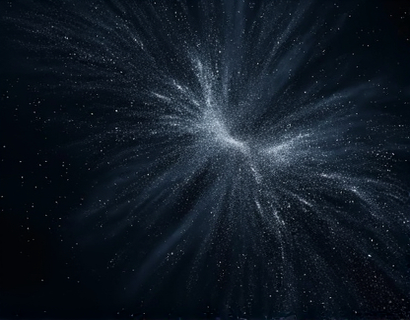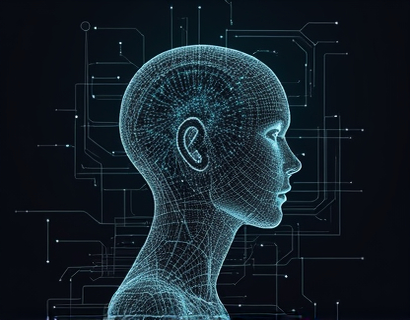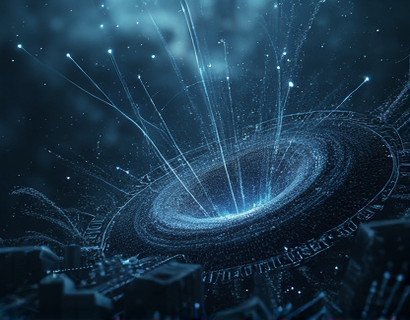Unlocking the Mysteries of the Cosmos: In-Depth Insights for Curious Minds
The universe, an endless expanse of wonder and mystery, has captivated human imagination for centuries. From the smallest subatomic particles to the largest galaxies, the cosmos presents a vast repository of knowledge waiting to be explored. This comprehensive guide aims to ignite curiosity and expand understanding on a multitude of topics, designed to inspire and empower curious minds. Join a community of passionate learners eager to delve into the depths of the universe and uncover its secrets.
Understanding the Basics: The Structure of the Universe
The universe is vast, comprising billions of galaxies, each containing billions of stars, planets, and other celestial bodies. At its core, the universe is structured in a hierarchical manner, starting from the smallest units to the largest. At the smallest scale, we have particles such as protons, neutrons, and electrons, which combine to form atoms. These atoms bond to create molecules, the building blocks of matter. Stars, formed from clouds of gas and dust, are the next larger structure, powered by nuclear fusion in their cores. Galaxies, vast collections of stars, gas, dust, and dark matter, are the next step up, with our Milky Way being one of the most notable examples. Clusters of galaxies and superclusters form the largest known structures, bound together by gravity.
Exploring the Cosmic Timeline: From Big Bang to Present
The history of the universe is a fascinating journey through time, starting with the Big Bang, the event that marked the universe's inception around 13.8 billion years ago. In the first fraction of a second, the universe was a hot, dense plasma of particles. As it expanded and cooled, protons and neutrons formed, followed by the creation of the first atoms, primarily hydrogen and helium. About 380,000 years after the Big Bang, the universe cooled enough for photons to travel freely, an event known as cosmic recombination, which allowed the cosmic microwave background radiation to be detected today. Over billions of years, gravity caused matter to clump together, forming the first stars and galaxies. Our universe continues to evolve, with galaxies colliding, stars being born and dying, and black holes influencing the cosmos.
Delving into Dark Matter and Dark Energy
Despite its vastness, the universe remains shrouded in mystery, particularly concerning dark matter and dark energy. Dark matter, which does not emit, absorb, or reflect light, makes up about 27% of the universe's mass-energy content. Its presence is inferred through its gravitational effects on visible matter, such as the rotation curves of galaxies and the distribution of cosmic microwave background radiation. Dark energy, accounting for approximately 68% of the universe, is an even more enigmatic force driving the accelerated expansion of the universe. Scientists are actively researching these phenomena, using advanced telescopes and experiments to uncover their nature and understand their role in the cosmos.
Black Holes: Portals to the Unknown
Black holes, regions of space where gravity is so strong that nothing, not even light, can escape, are among the most intriguing objects in the universe. Formed from the collapse of massive stars, black holes come in various sizes, from stellar-mass black holes a few times the mass of the Sun to supermassive black holes millions or even billions of times more massive, often found at the centers of galaxies. The event horizon, the boundary beyond which nothing can return, and the singularity, a point of infinite density, are key concepts in understanding black holes. Recent observations, such as the first-ever image of a black hole's event horizon, have provided valuable insights into these mysterious entities.
Exoplanets and the Search for Life
The discovery of exoplanets, planets outside our solar system, has revolutionized our understanding of planetary systems and the potential for life beyond Earth. With thousands of exoplanets confirmed, ranging from rocky worlds to gas giants, scientists are particularly interested in those located in the habitable zone, where conditions might allow for liquid water to exist. The search for biosignatures, signs of life such as specific atmospheric gases, is an active area of research. Missions like the Kepler Space Telescope and the upcoming James Webb Space Telescope are pivotal in this quest, offering unprecedented opportunities to explore distant worlds and potentially answer one of humanity's most profound questions: Are we alone in the universe?
Cosmic Phenomena: Supernovae and Gamma-Ray Bursts
The universe is a dynamic place, with various spectacular phenomena occurring regularly. Supernovae, the ePowerful deaths of massive stars, are among the most powerful events in the cosmos, briefly outshining entire galaxies and dispersing heavy elements essential for life. Gamma-ray bursts, the most energetic explosions known, are thought to be associated with the collapse of massive stars or the merger of neutron stars. These events not only provide insights into stellar evolution and nucleosynthesis but also serve as cosmic lighthouses, helping scientists map the universe's structure and expansion rate.
Gravitational Waves: A New Window into the Universe
The detection of gravitational waves, ripples in spacetime caused by the acceleration of massive objects, has opened a new era in astronomy. First detected in 2025 by the LIGO observatory, these waves provide a unique way to observe the universe, complementing traditional electromagnetic observations. Gravitational waves have already led to groundbreaking discoveries, including the observation of merging black holes and neutron stars, offering insights into some of the most extreme events in the cosmos. As detection technology improves, gravitational wave astronomy promises to reveal even more about the universe's most violent and energetic processes.
Astrophysics and Cosmology: The Science Behind the Mysteries
Understanding the universe requires a deep dive into the fields of astrophysics and cosmology. Astrophysics applies the principles of physics to study celestial objects and phenomena, from the behavior of stars and galaxies to the properties of black holes. Cosmology, the study of the universe's origin, evolution, and ultimate fate, relies on observations and theories to model the cosmos's large-scale structure and dynamics. Advances in technology, such as more powerful telescopes and sophisticated simulations, continue to push the boundaries of our knowledge, allowing scientists to test theories and uncover new secrets of the universe.
Engaging with the Cosmos: Resources and Communities
For those eager to explore the cosmos further, a wealth of resources and communities are available. Online platforms, educational courses, and scientific journals offer a treasure trove of information, from beginner-friendly articles to advanced research papers. Joining astronomy clubs, attending public lectures, and participating in citizen science projects can also enhance your understanding and connect you with like-minded individuals. These communities foster a spirit of collaboration and curiosity, essential for advancing our collective knowledge of the universe.
Conclusion: Embracing the Journey of Discovery
The cosmos is a boundless source of wonder and discovery, inviting us to explore and understand its mysteries. Whether you are a seasoned astronomer or a curious novice, there is always more to learn and discover. By embracing the journey of exploration, we not only expand our knowledge but also enrich our lives and connect with the vast community of curious minds. Join us in this exciting adventure, and together, let's unlock the secrets of the cosmos.










































